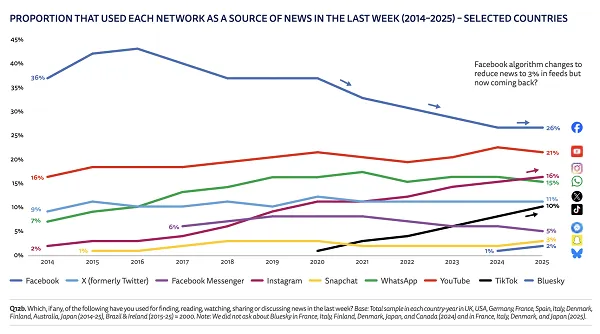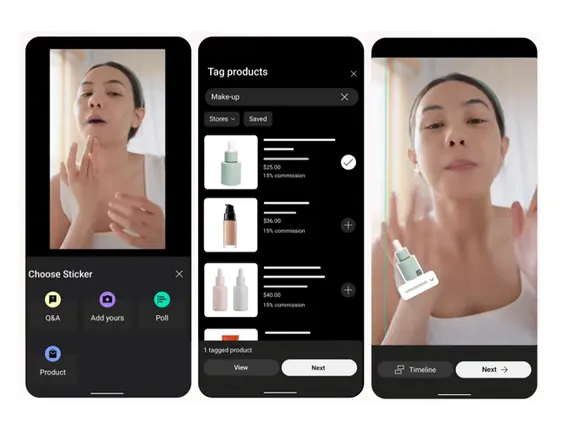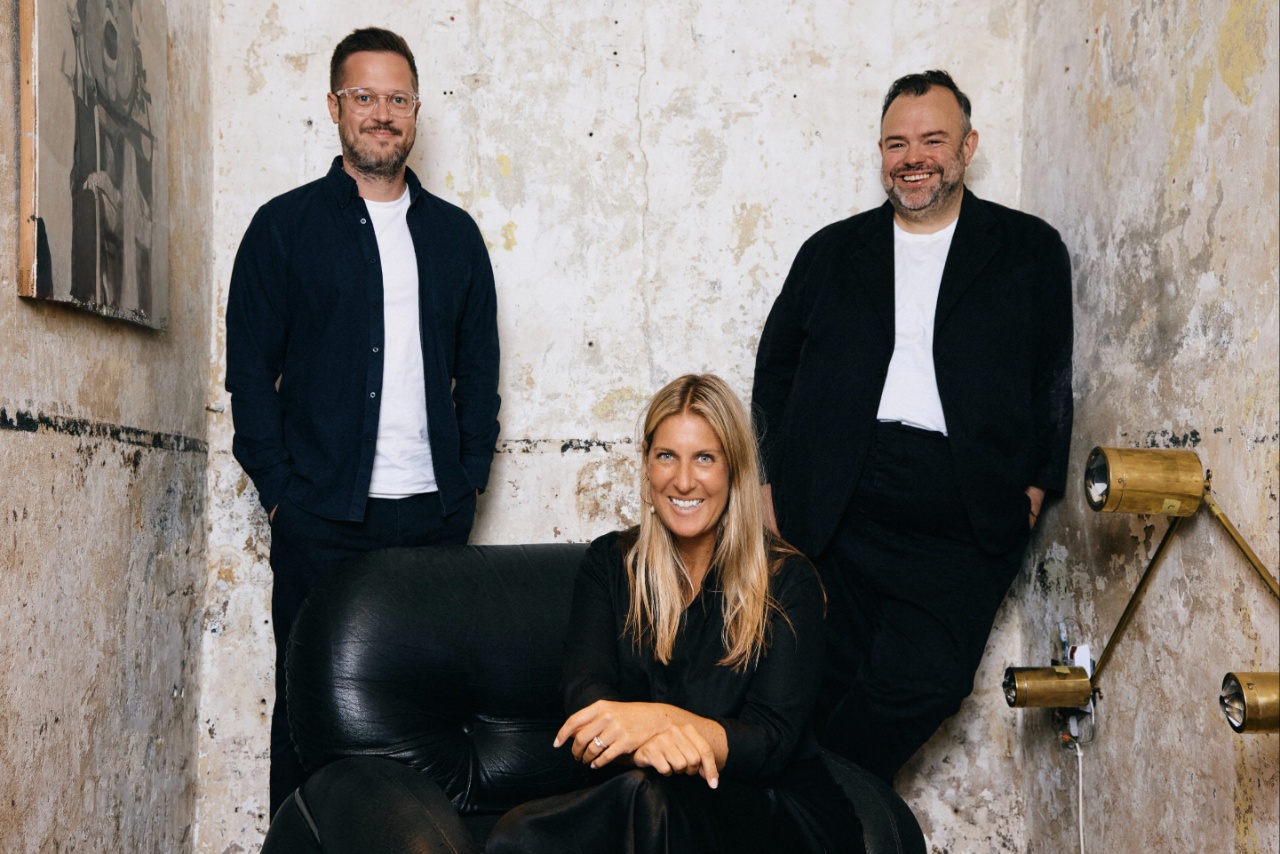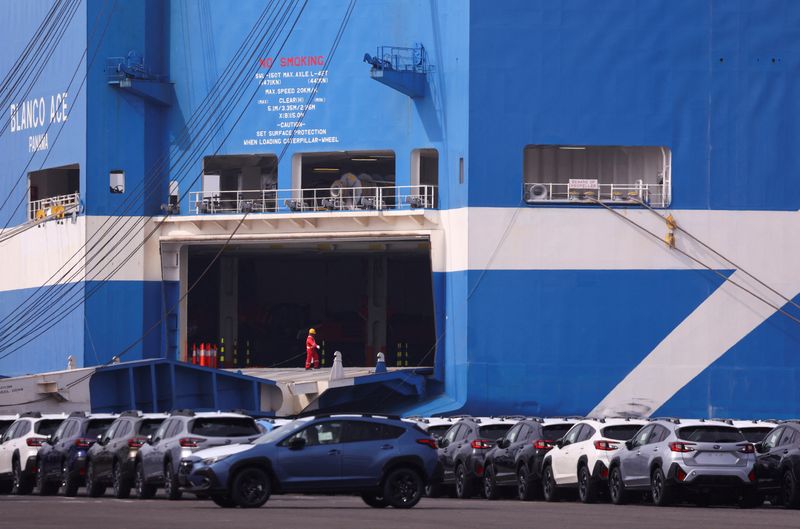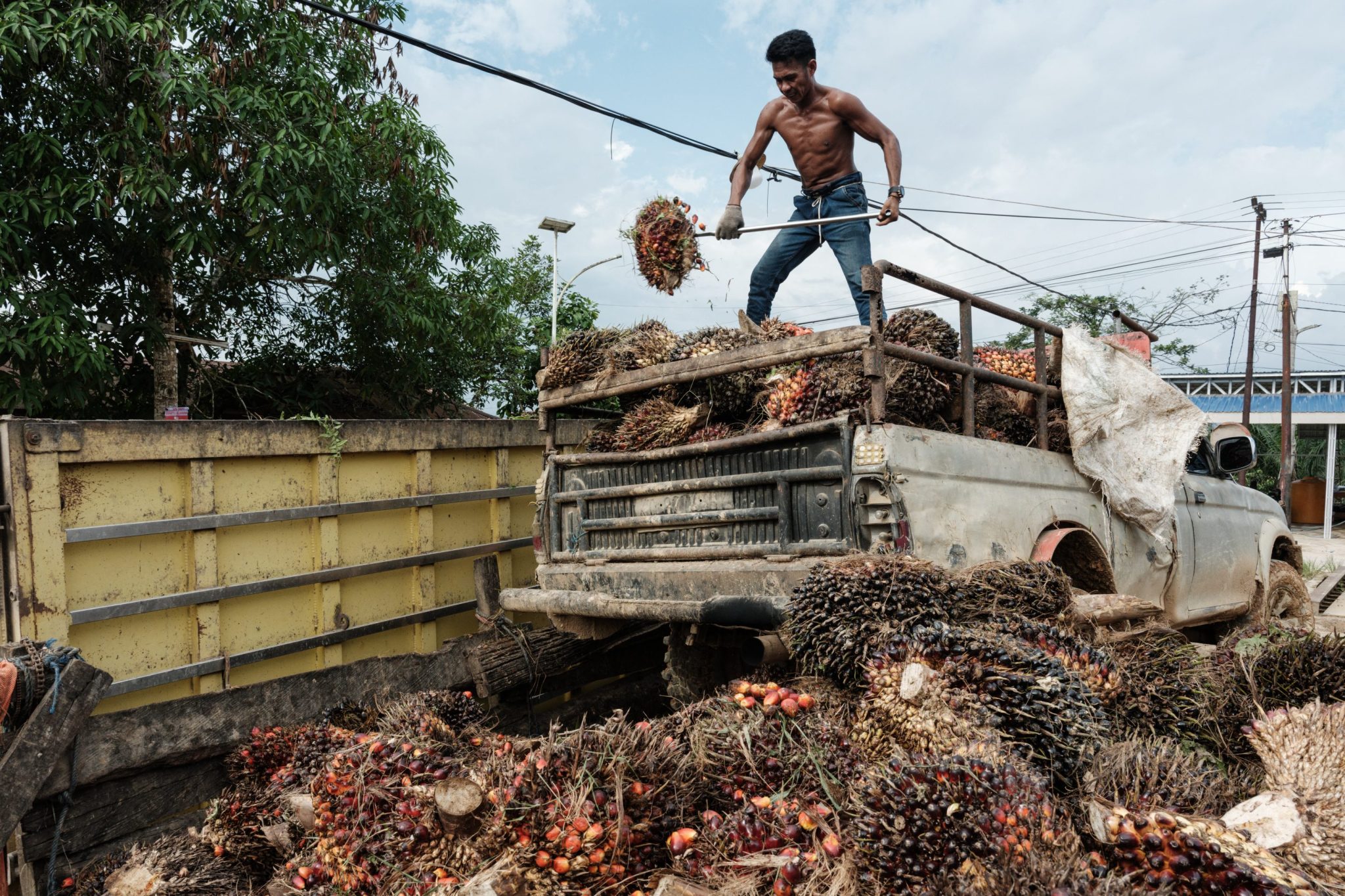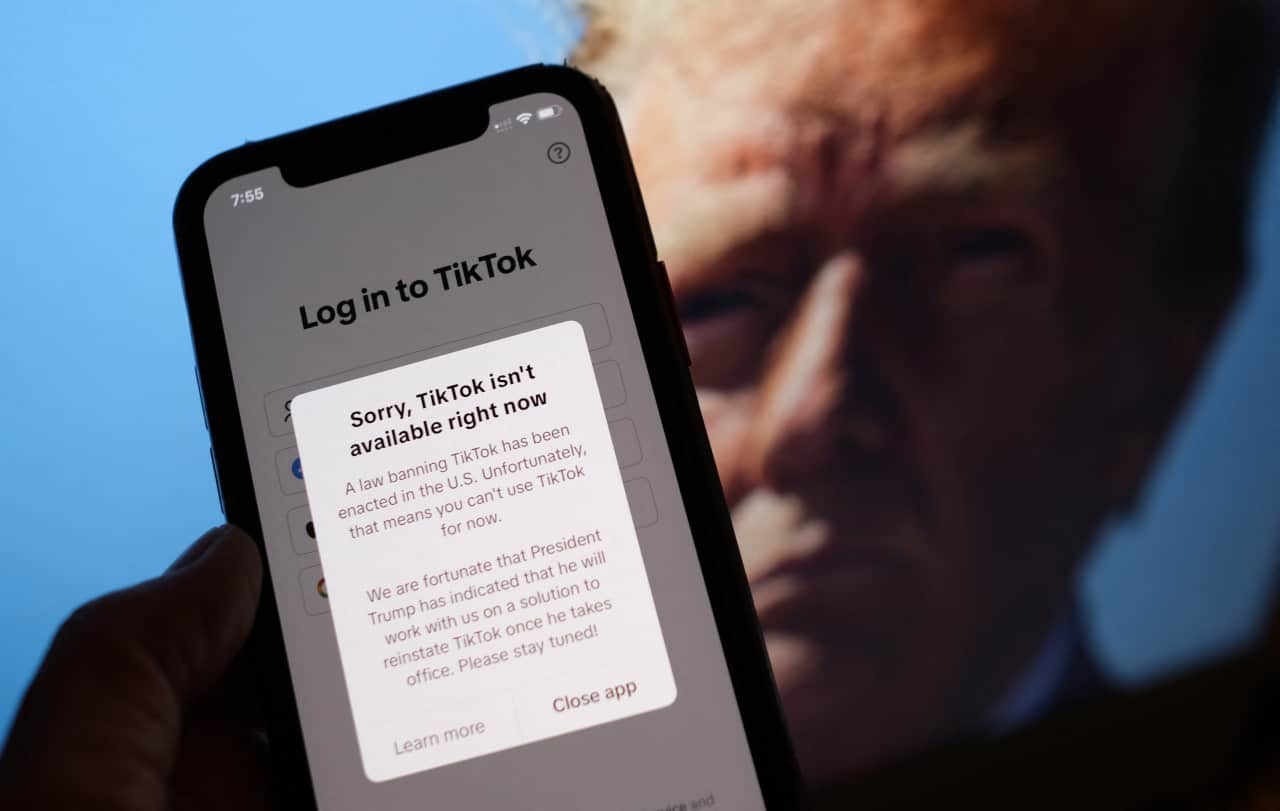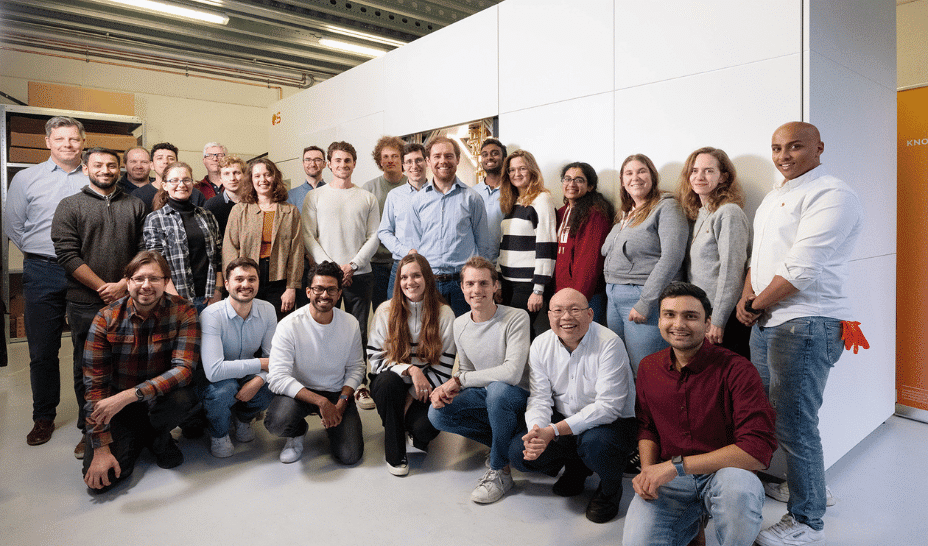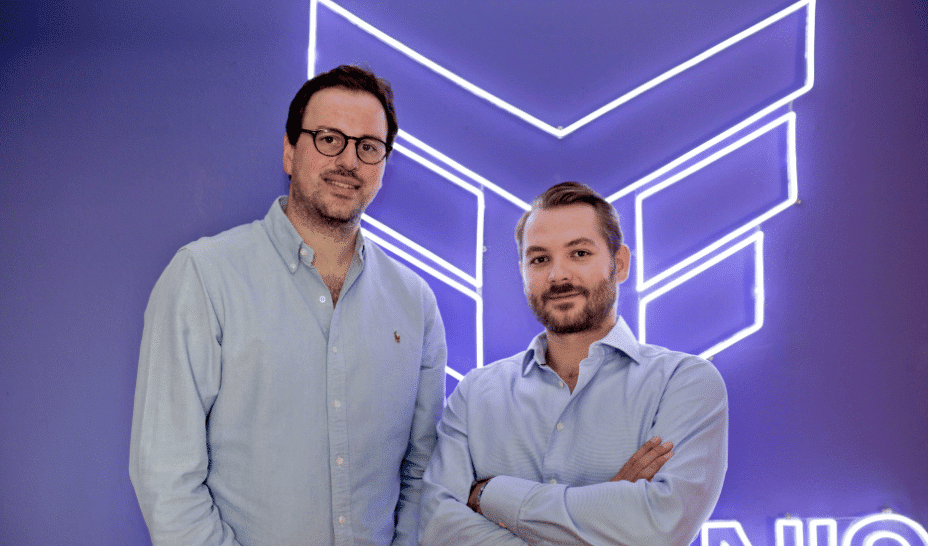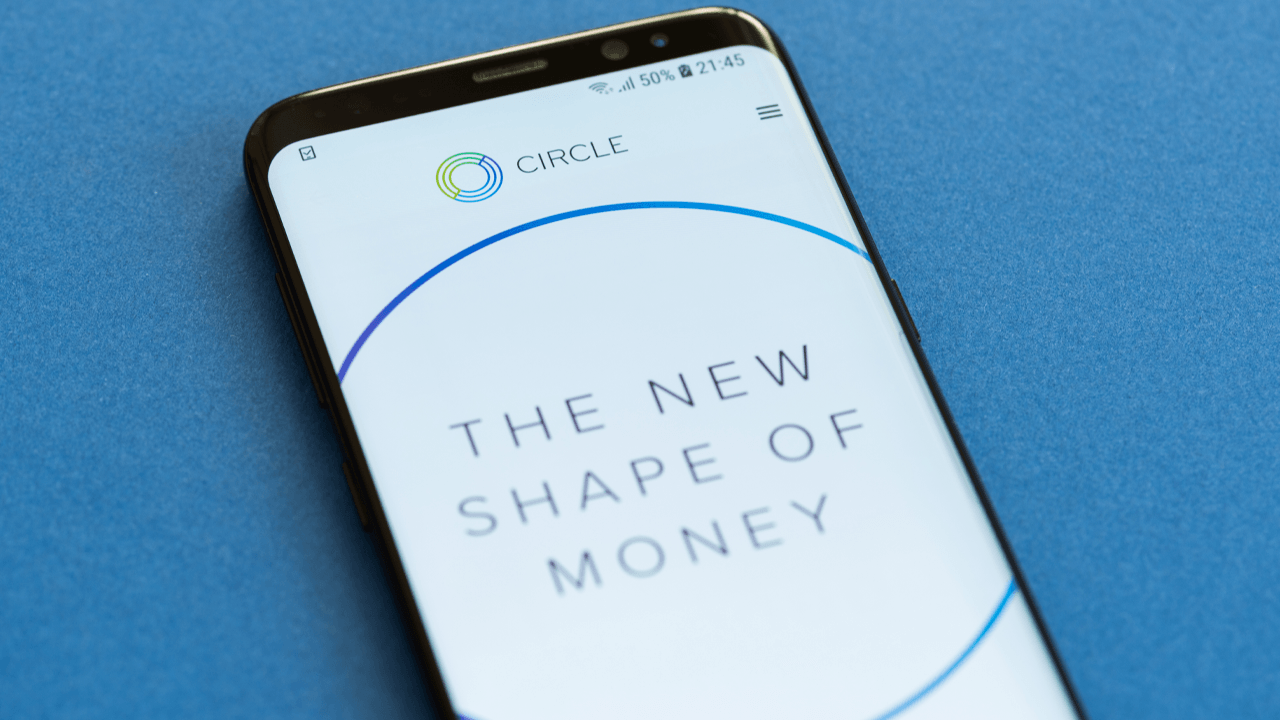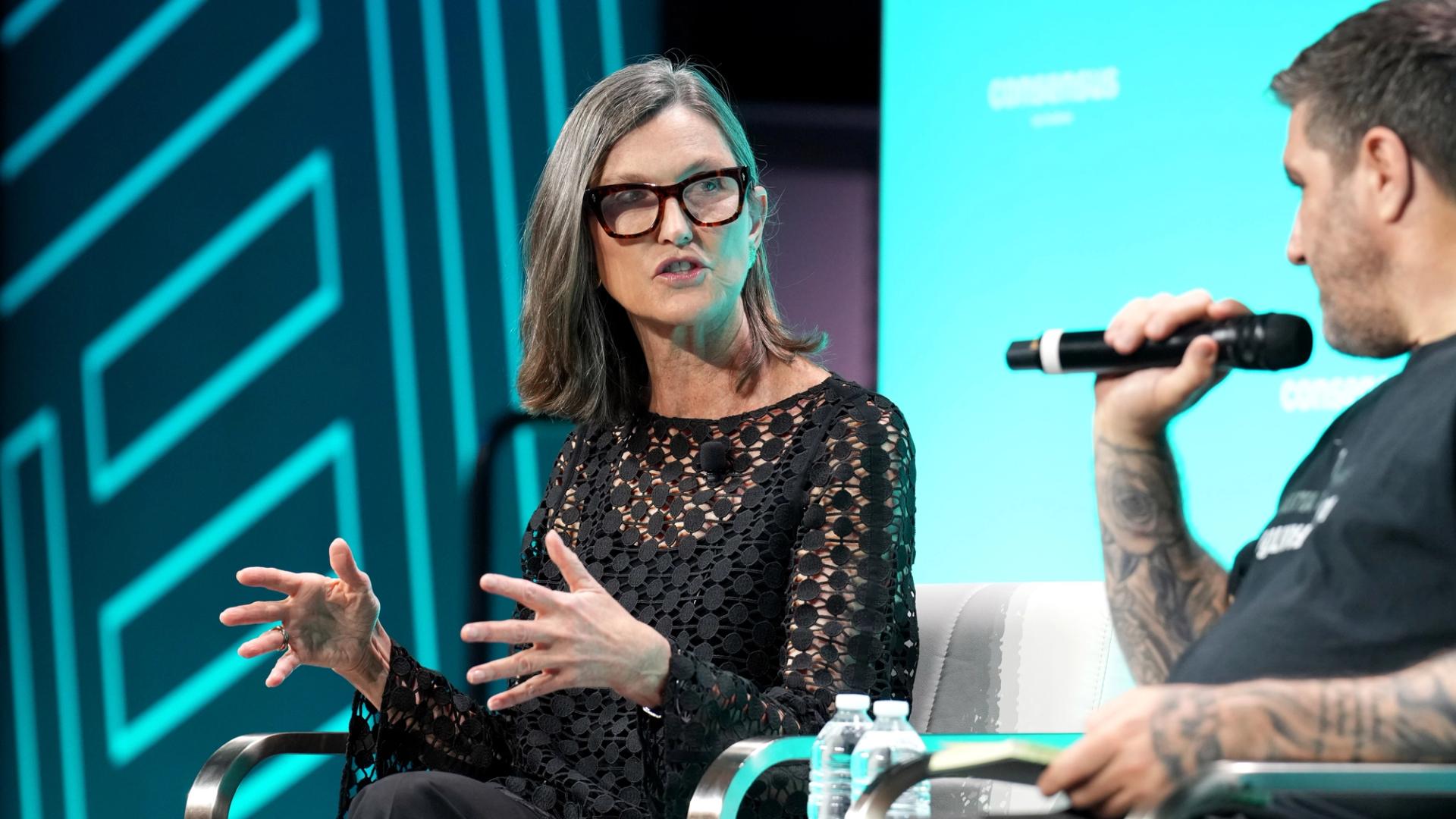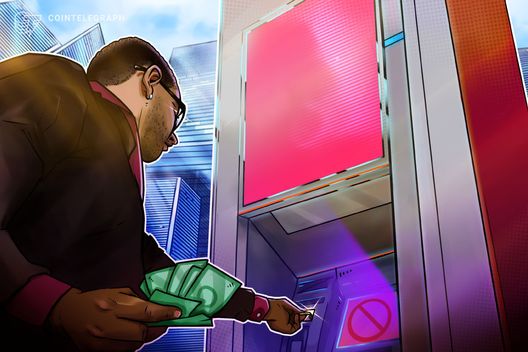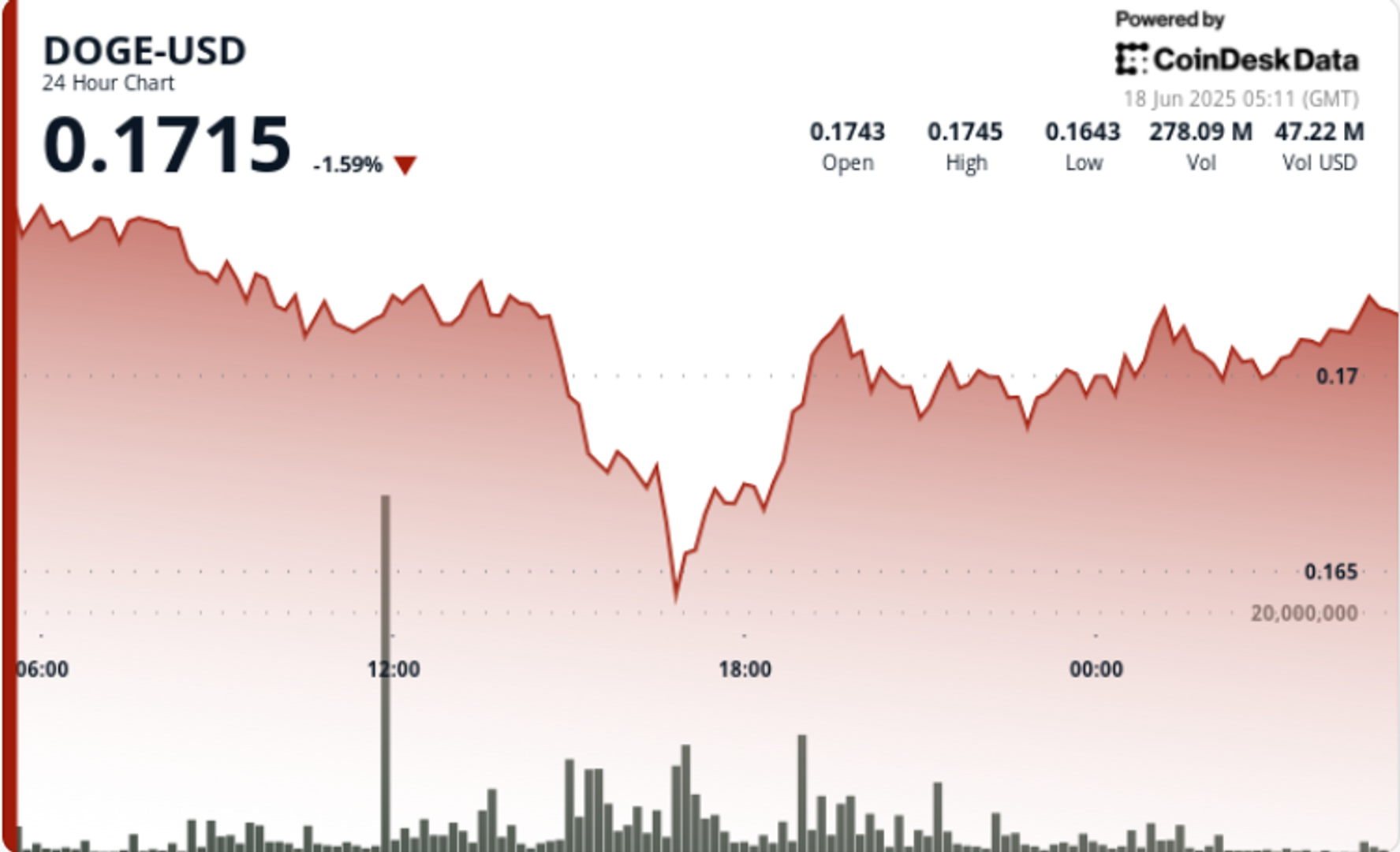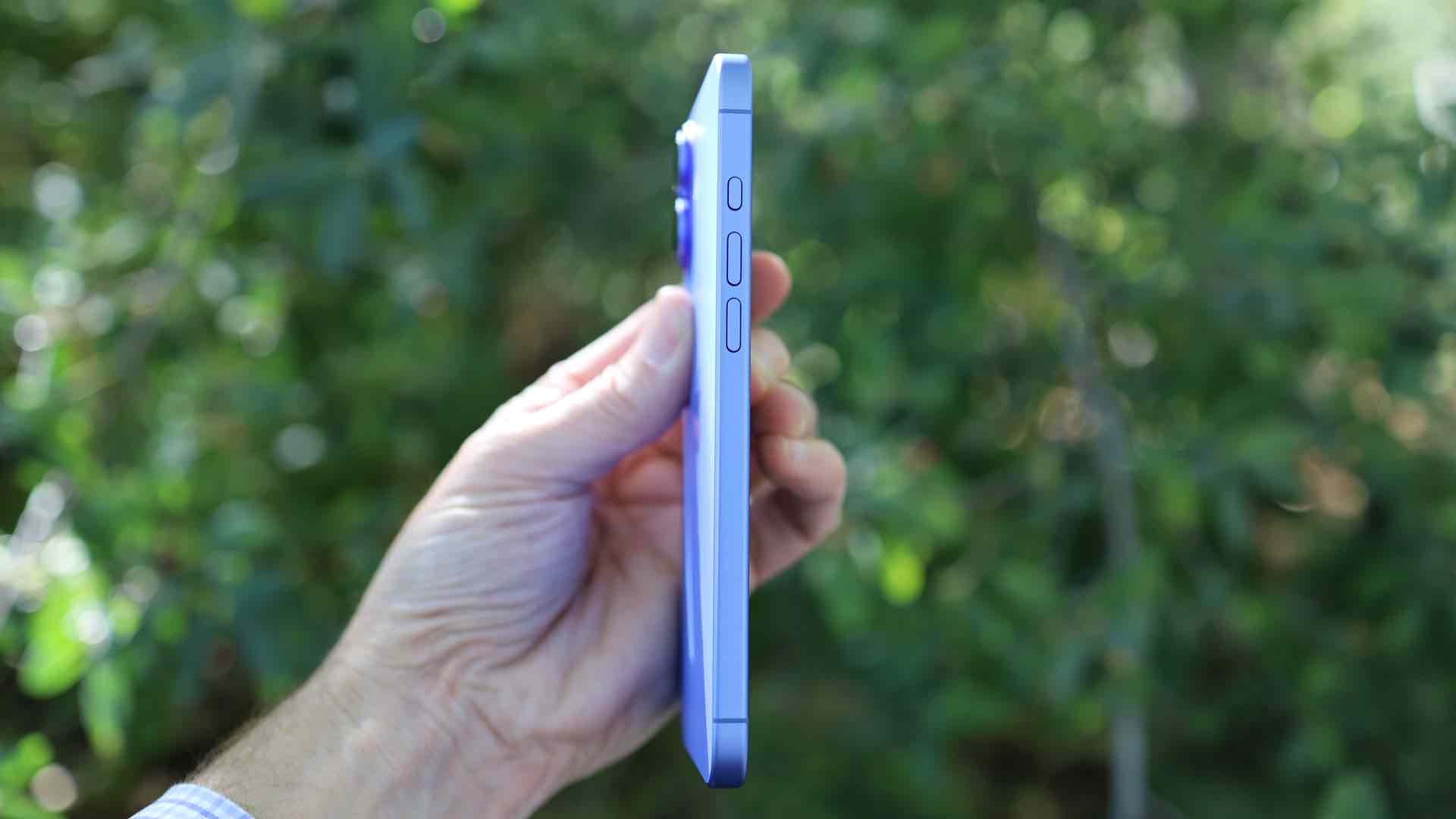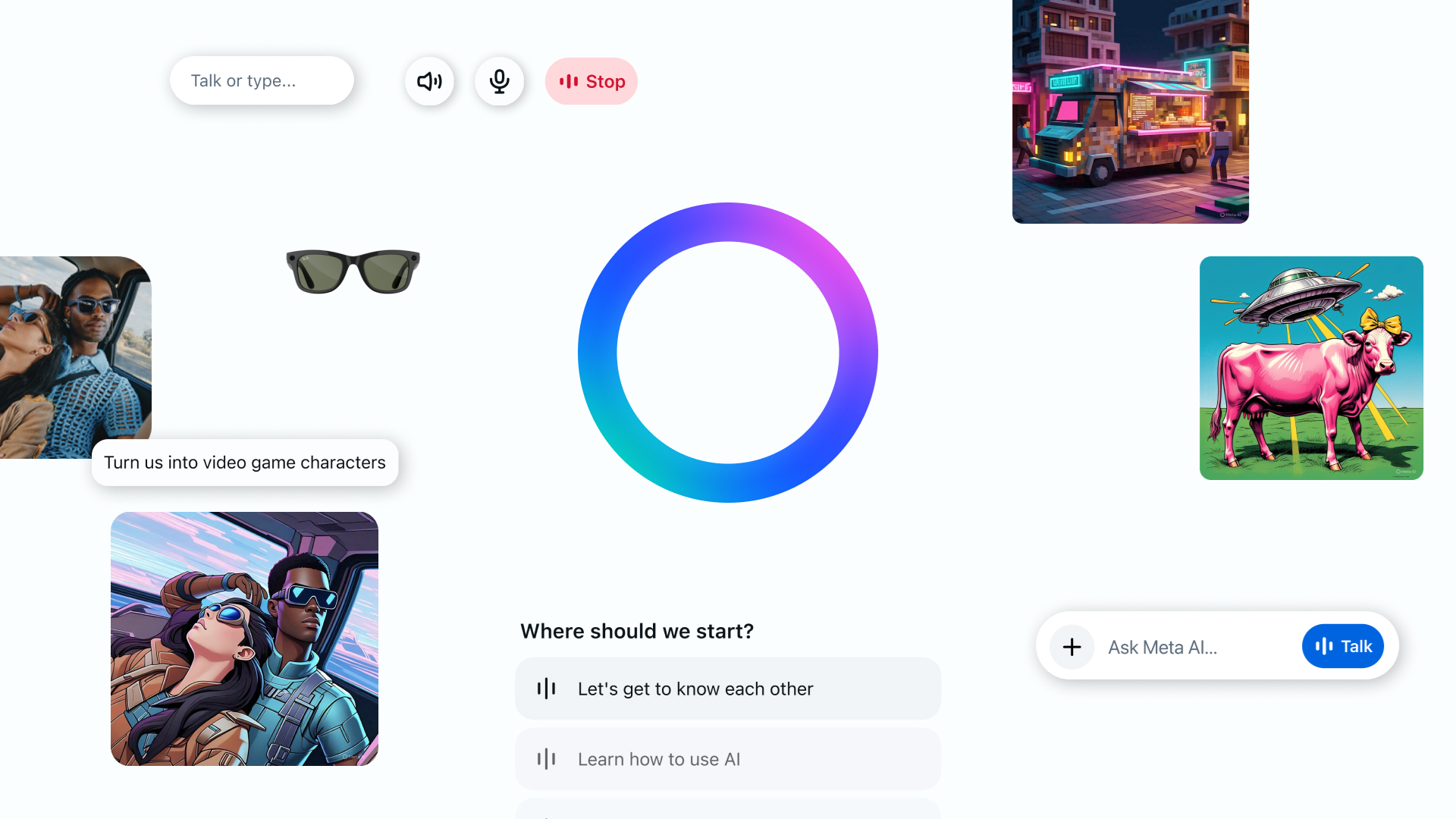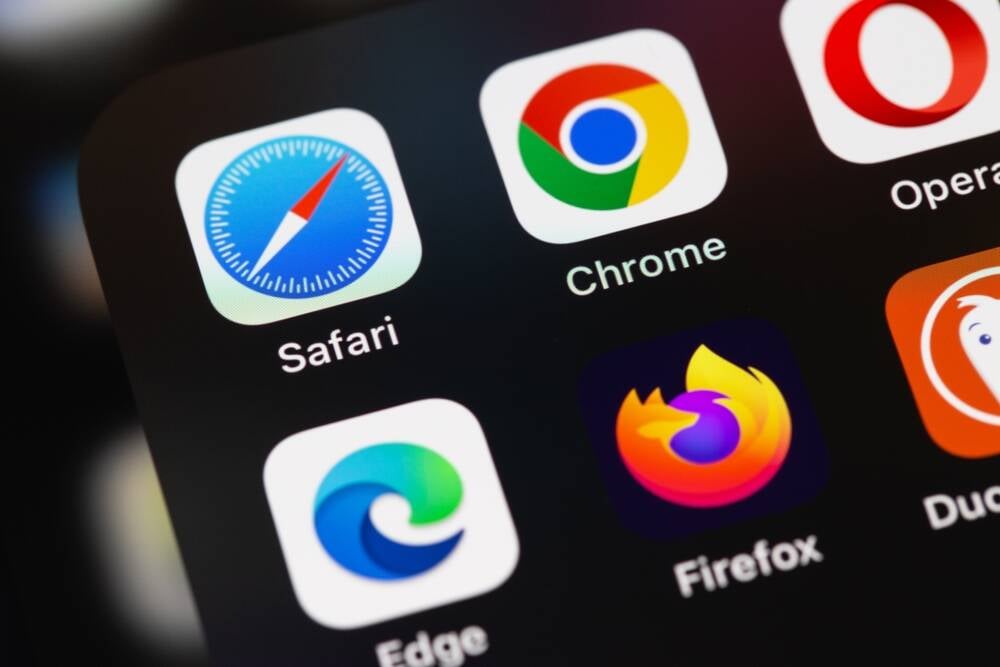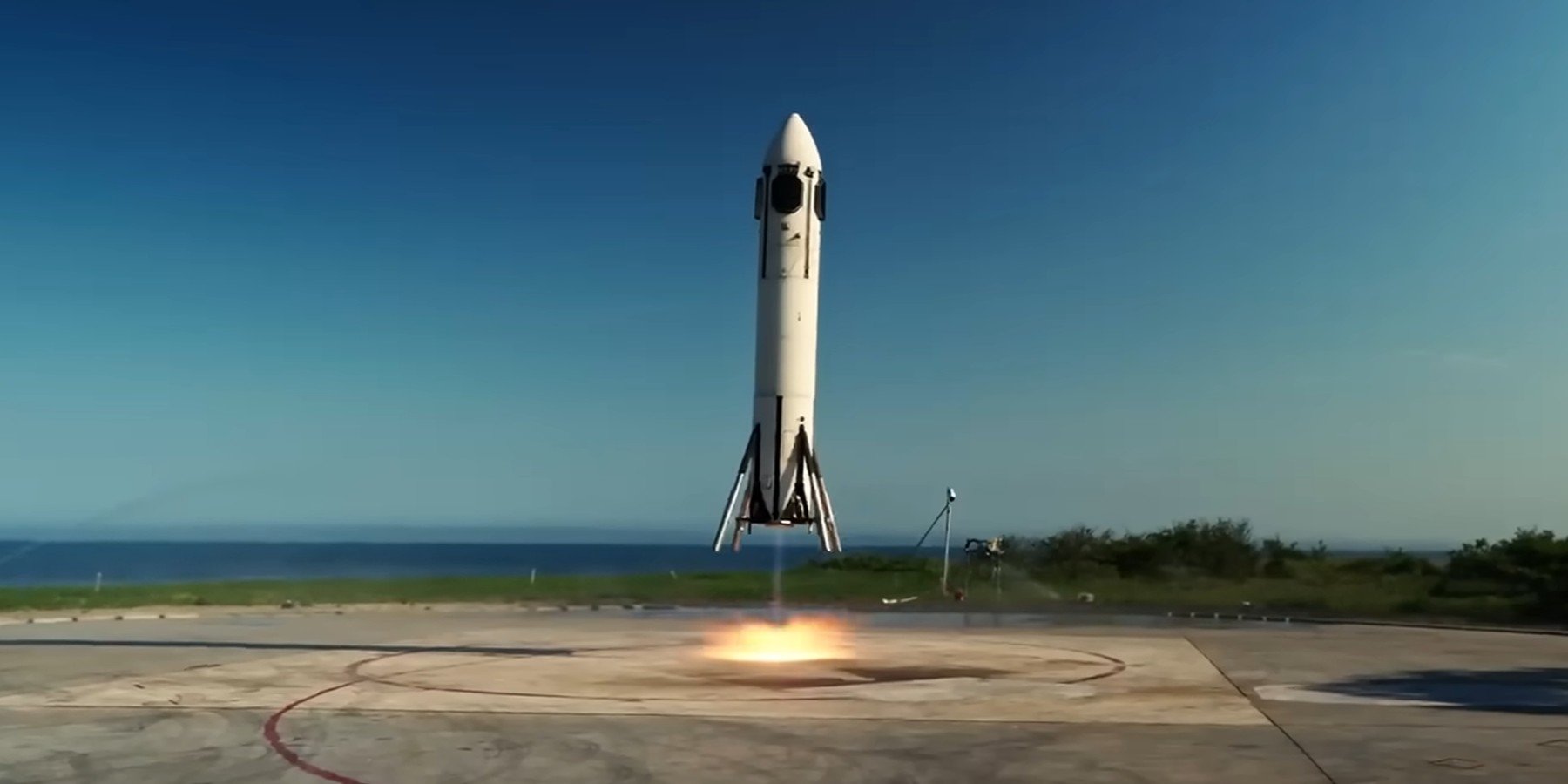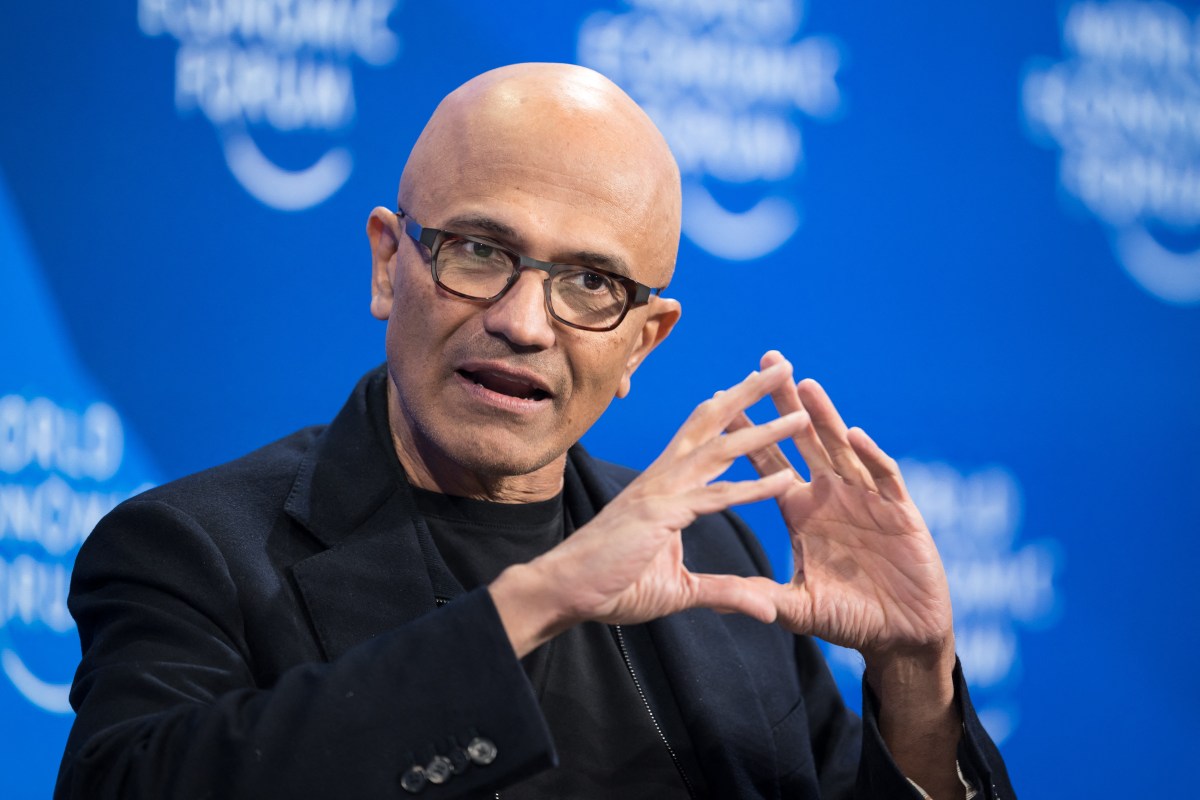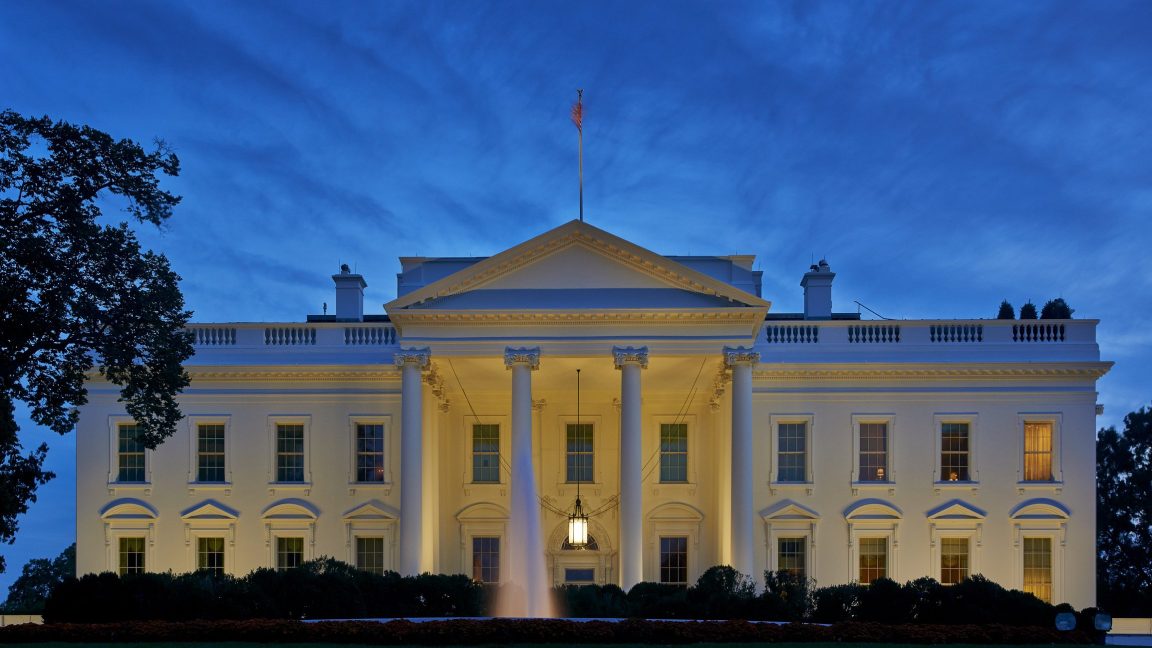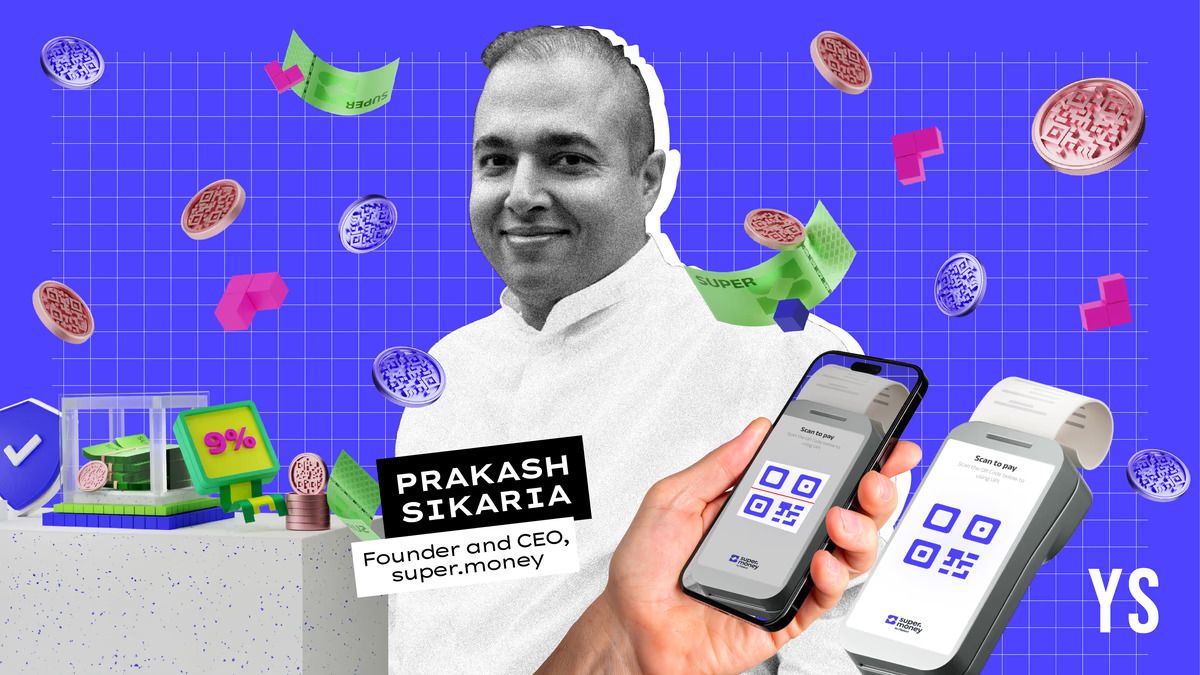Wiser and stronger: Bounce hopes for a bounceback in scooter rentals, targets gig segment
Bounce Infinity’s CEO and Co-founder Vivekananda Hallekere, talks about the company’s renewed efforts to serve the needs of commercial workers in last-mile logistics and its plans to raise funds to scale the rental model across cities.
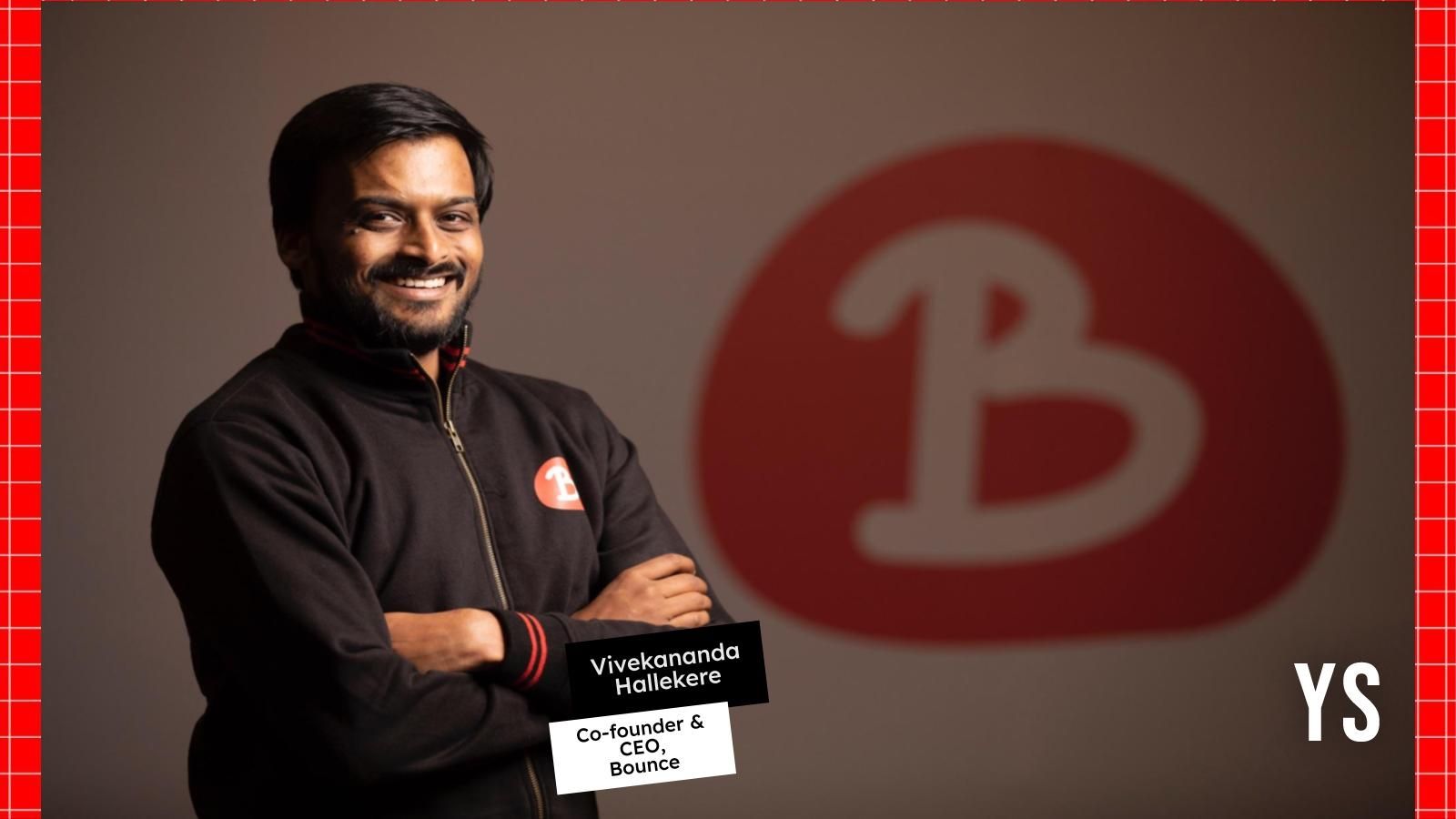

In April, electric vehicle maker Bounce Infinity re-entered the EV rental segment—three years after it had put the brakes on this service and shifted gears to EV sales.
The company is now determined to correct the wrongs from its earlier stint with scooter-sharing and cash in on the burgeoning demand for EVs in the commercial segment, particularly among gig workers—this time around with its own scooters.
After a pilot run earlier this year, Bounce Infinity is currently offering the 'Bounce Daily' service in Bengaluru and Delhi.
In its first brush with the rental segment from 2019 to mid-2022, Bounce used gasoline scooters made by third-party OEMs, which were “hard to control” and “not built for connectivity”.
“We spent too much time trying to make dumb scooters smart,” says Bounce Infinity’s CEO and Co-founder Vivekananda Hallekere.
In its second innings in rental service, Bounce is keen to turn things around.
First things first, it has developed its own scooters purpose-built for rentals, with features that ensure safety and scalability. Secondly, it offers flexible rental options, as it tries to cater to the needs of delivery partners employed in last-mile logistics.
The EV startup is also gearing up to raise funds to scale Bounce Daily. It needs about Rs 150 crore to reach its target of deploying 30,000 scooters; it intends to accomplish this through debt and leasing options, working with non-banking financial companies and leasing partners.
In an interview with YourStory, Hallekere sheds light on how the company is planning to serve the needs of commercial gig workers and raise funds to scale the rental model across cities.
Edited excerpts from the interview:
YourStory [YS]: What lessons did you learn from your previous stint with scooter rental, and how are you applying them to build the business this time?
Vivekananda Hallekere [VH]: Back in our scooter-sharing days, our biggest challenge was the vehicle itself. We relied on third-party OEMs and used gasoline scooters, which were hard to control—no ECUs (electronic control units), easy to hotwire, and not built for connectivity. We spent too much time trying to make dumb scooters smart.
Electric scooters improved things, but early models lacked durability and had unreliable supply chains. That’s why we decided to go upstream—buy an OEM, backward integrate, and build a scooter purpose-built for rentals.
With our current EVs, we’ve stripped out unnecessary components and optimised for TCO (total cost of ownership). It’s built on a modular skateboard architecture that lets us scale the same vehicle for different speeds and use cases—from 25 kmph to 87 kmph—using the same core parts and production line.
This flexibility, combined with a tight feedback loop from the ground to our factory, lets us keep improving the product while ensuring a solid, leak-free supply chain.
YS: What safety features have you built into your vehicles to ensure smooth operations on the ground?
VH: Our app-based rental system is fully automated and tightly integrated with the vehicle. If a rider’s rental ends and they haven’t renewed it, the scooter simply won’t start. The app also gives real-time visibility into usage: how many kilometers are left, rental duration, and top-up options.
We’ve also embedded strong safety features into the vehicle itself. The telematics system is tamper-proof—if someone tries to remove or interfere with it, the scooter shuts down. This prevents misuse and ensures the vehicle stays connected and trackable at all times.
Overall, we’ve designed the system to be seamless for the rider and scalable for us, with zero manual intervention and maximum operational control.
YS: How are you establishing B2B partnerships for bike rentals?
VH: We’ve built strong integrations with delivery platforms like Swiggy, which gives us visibility into whether a rider is actively working or not. That data allows us to monitor usage, reduce risk, and ensure the scooter is being used productively.
We also earn a logistics commission when we onboard riders to these platforms—so it’s not just about rentals, it’s about adding layers of revenue while maintaining control.
For the rider, it’s a win too. They get a safer, more cost-efficient alternative to gasoline or low-speed scooters, with no upfront ownership burden. And because we’re solving a very real problem in their daily work, the demand is organic—we haven’t had to market Bounce Daily at all.
YS: How does the renting model work?
VH: Our rental model starts with a minimum 7-day commitment. After that, riders can renew the vehicle on a daily basis through the app.
Once the scooter is rented, it stays with the rider for the entire duration—whether they’re working or taking it home. There’s no vehicle swapping or daily check-in required. It’s designed for convenience, continuity, and ownership-like ease for gig and delivery workers.
YS: How do you ensure your vehicles are not damaged?
VH: We’ve found that most vehicle abuse doesn’t happen while the rider is using it—it happens when the scooter is parked. Riders generally don’t misuse the scooter while riding, because the consequences—like injury—are too high. Even back in our sharing days, most damage came from theft or tampering when the vehicle was unattended.
That’s why we’ve taken a hardware-first approach to theft deterrence. Since we’re also the OEM, we’ve built in safeguards like custom-sized components, proprietary fittings, and non-standard parts—similar to how airline earphones can’t be reused elsewhere. This reduces the incentive to steal parts and resell them in the grey market.
More importantly, we’ve seen a clear shift in behaviour with our current user base. Delivery riders treat these scooters with respect, because it directly affects their livelihood. If the vehicle fails, it impacts their daily earnings. These riders—many of whom make Rs 30,000–Rs 40,000 a month—are hustling 10 to 14 hours a day. They aren’t looking for cheap thrills or careless joyrides.
Compared to casual commuters from our earlier model, this audience sees value in access and uses the vehicle with responsibility. There’ll be occasional accidents or reckless riding, but the overall intent and care are significantly higher in this segment.
YS: Have you thought about entering the lease-to-own model that some of your competitors are experimenting with?
VH: Lease-to-own at scale hasn’t really been cracked in this market—so we’ve taken a different approach. Instead of locking riders into rigid 36- or 48-month lease cycles, we are planning to offer flexible rentals that come with loyalty points.
As riders pay for their rentals, they accumulate points that can be redeemed toward purchasing a new or used Bounce scooter. It’s a more accessible, modular version of rent-to-own—with no long-term commitment required.
In future, we plan to expand the utility of these points—whether it’s for buying insurance, accessing rider benefits, or redeeming against other services within the ecosystem.
YS: How many points does one need to buy a new Bounce Infinity vehicle?
VH: First, we’re piloting a higher down payment model. Today, riders pay a refundable Rs 2,000 deposit. We’re testing a system where riders can opt to pay a larger deposit—around Rs 10,000—over 4 to 8 weeks through their earnings. This helps us identify high-intent users. In return, we offer reduced daily rentals—for example, Rs 200 per day instead of Rs 250. It improves economics for both the rider and us, while encouraging longer-term retention.
Second, we’re building a points-based system where riders accumulate credits as they rent. These points can eventually be used to purchase new or used Bounce scooters, or redeemed for ecosystem services like insurance or maintenance.
Both models offer ownership-like benefits without locking riders into long-term contracts, while helping us retain committed users. Bounce Infinity E1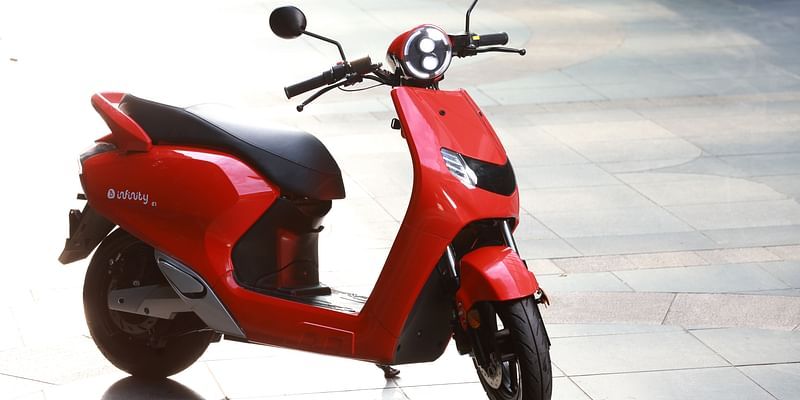
YS: What is your rental pricing strategy?
VH: We offer multiple variants tailored to different use cases—a 25 kmph low-speed vehicle, a 65 kmph mid-speed scooter, and a 150 kmph high-speed model. Pricing varies depending on the variant and the energy pack included, typically ranging between Rs 200 and Rs 280 per day.
YS: Bounce Infinity now manufactures its own scooters, which are being offered to commercial riders. Has this eased pressure on your bottom line, or do costs remain high until the unit economics fully kick in?
VH: The rental business becomes EBITDA-positive once we hit around 9,000 to 10,000 scooters. On the OEM side, we break even at about 1,000 scooters a month. We run a tight ship—so with rentals, each new scooter added actually helps cover fixed costs from day one and contributes to improving overall margins.
YS: You’ve rolled out Bounce Daily recently, but players like Yulu and Zypp already have an established presence. How are you planning to differentiate and stay ahead?
VH: The market is massive—easily large enough for 20–30 players. With everything moving towards delivery and quick commerce, the demand for two-wheelers is only going to rise as order sizes shrink and frequency increases. EVs, especially scooters, are best suited for this shift.
Rider communities are tight-knit. Once someone tries a scooter and likes it, they bring others in—most of our 1,400 riders have come purely through word-of-mouth. We also benefit from brand familiarity; many riders already know Bounce scooters from our B2C presence.
In Delhi, we ran a simple three-day trial with just a deposit and KYC. No long-term commitment. If they like the experience, they continue. And 93–94% of scooters, once rented, stay rented. Try-and-rent and referrals are our biggest growth levers.
YS: What drove your decision to adopt battery swapping? How did your experience with ICE vehicles shape that approach?
VH: In the early days, there were no battery swapping networks—so we had to build our own infrastructure, which consumed a lot of time and resources. Today, we’re lucky to have partners like Battery Smart, Sun Mobility, and Yuma, which changes the game.
We’ve designed our scooter on a modular skateboard architecture, allowing it to plug into any swapping partner’s system. That means we don’t need to wait for a network to expand—we can enter any market by simply partnering with the dominant player there.
This also variabilises our cost structure; since the battery makes up nearly 50% of the scooter’s cost, not owning it outright reduces capex (capital expenditures) and improves deployment efficiency compared to our ICE days.
YS: How does the battery swapping infrastructure differ between Bengaluru and Delhi-NCR, and how does that impact your operations in these cities?
VH: Delhi-NCR is still the gold standard when it comes to battery swapping. Players like BatterySmart and Yuma have built dense networks there, making it easy for companies like ours to plug and play. Bengaluru, while promising, is still catching up—though Sun Mobility is expanding and Battery Smart is now doubling down on this market too.
The encouraging part is that all major players—Sun, Battery Smart, and Yuma—are now focusing on top-tier cities, with Bengaluru being high on that list. Other metros like Hyderabad, Chennai, Mumbai, and Pune still lack strong swapping infra, but with the pace of EV adoption and growing two-wheeler demand, it’s only a matter of time before the ecosystem scales.
We’re seeing healthy competition emerge, and that’s ultimately great for riders, operators, and the larger EV ecosystem.
YS: What’s next for Bounce Daily?
VH: We plan to scale this up, but we’re being intentional about how we do it. Our goal is not just to expand Bounce Daily to more cities, but to do it sustainably and in close partnership with battery swapping operators. We want to empower riders to become asset owners, and that’s a long-term mission we’re committed to.
For now, we’ll continue to double down on Delhi-NCR and Bengaluru—both massive markets with headroom to grow. Delhi alone can easily absorb 20,000 to 30,000 scooters. That said, we’re evaluating the top 4–5 cities where the ecosystem—especially battery swapping infrastructure—is ready for shaping up.
YS: Are you looking to raise funds to support this expansion?
VH: Financing is a critical piece of scaling Bounce Daily. We’re looking to deploy 30,000 scooters, which translates to a capital requirement of roughly Rs 150 crore. To make this happen, we’re primarily pursuing debt and leasing options—working with NBFCs and large leasing partners like Tata Capital.
These leases are typically structured based on our balance sheet strength, so we also need to maintain a certain level of base equity to unlock that financing. It’s a cyclical model; as we deploy more vehicles, we’ll continue to raise financing and line up leasing partnerships to support that growth. We’re not looking to raise money beyond what's needed to back the assets. The focus is clear: efficient, asset-backed expansion.
YS: In an earlier interview with YourStory, you had said the company is on track to clock in Rs 100 crore in revenue in FY25. Can you give us an update on this?
VH: We closed around Rs 55 crore–57 crore in the last fiscal, though we could have done more. Over the last 2–3 months, financing has been a major bottleneck. Despite strong demand and a healthy order pipeline, we simply didn’t have enough leasing partners willing to underwrite the vehicles.
That mismatch—solid balance sheets but no one to lease—meant we couldn’t move as fast as planned. Outright sales are still constrained by the same issue: availability of financing or leasing support.
That said, FY26 looks promising. There’s renewed interest from large clients. We’re working with partners to unlock newer structures and approaches to solve this at scale. The momentum is definitely picking up.
Edited by Swetha Kannan




